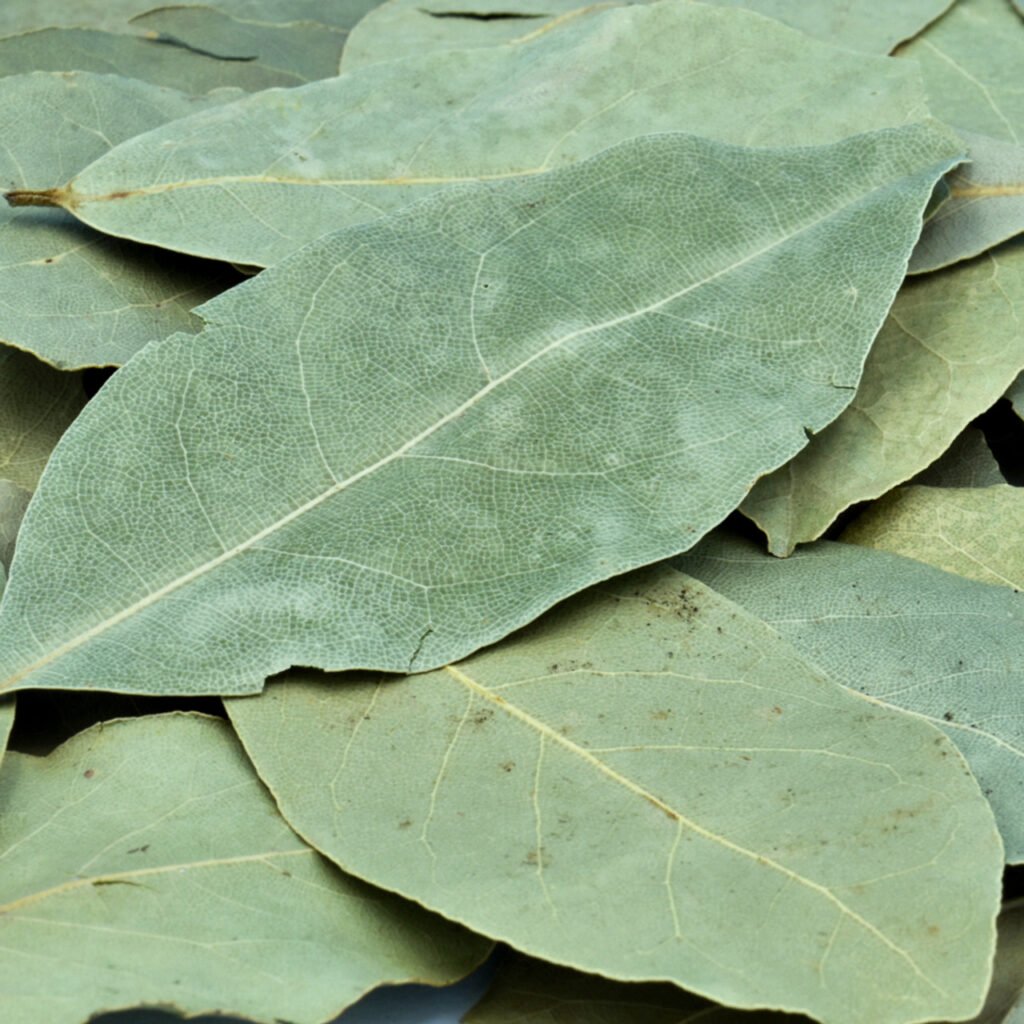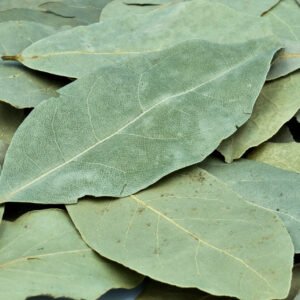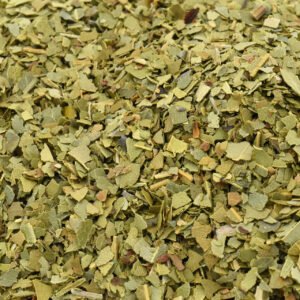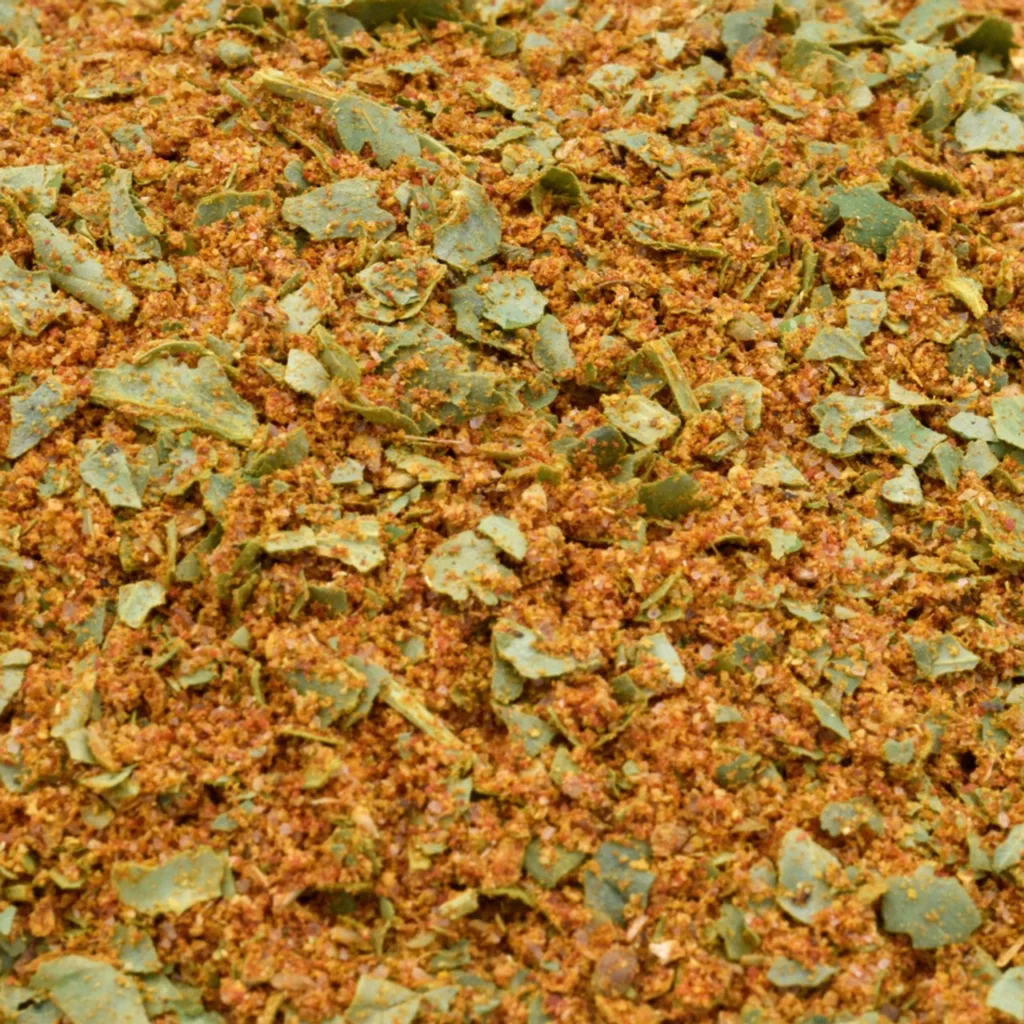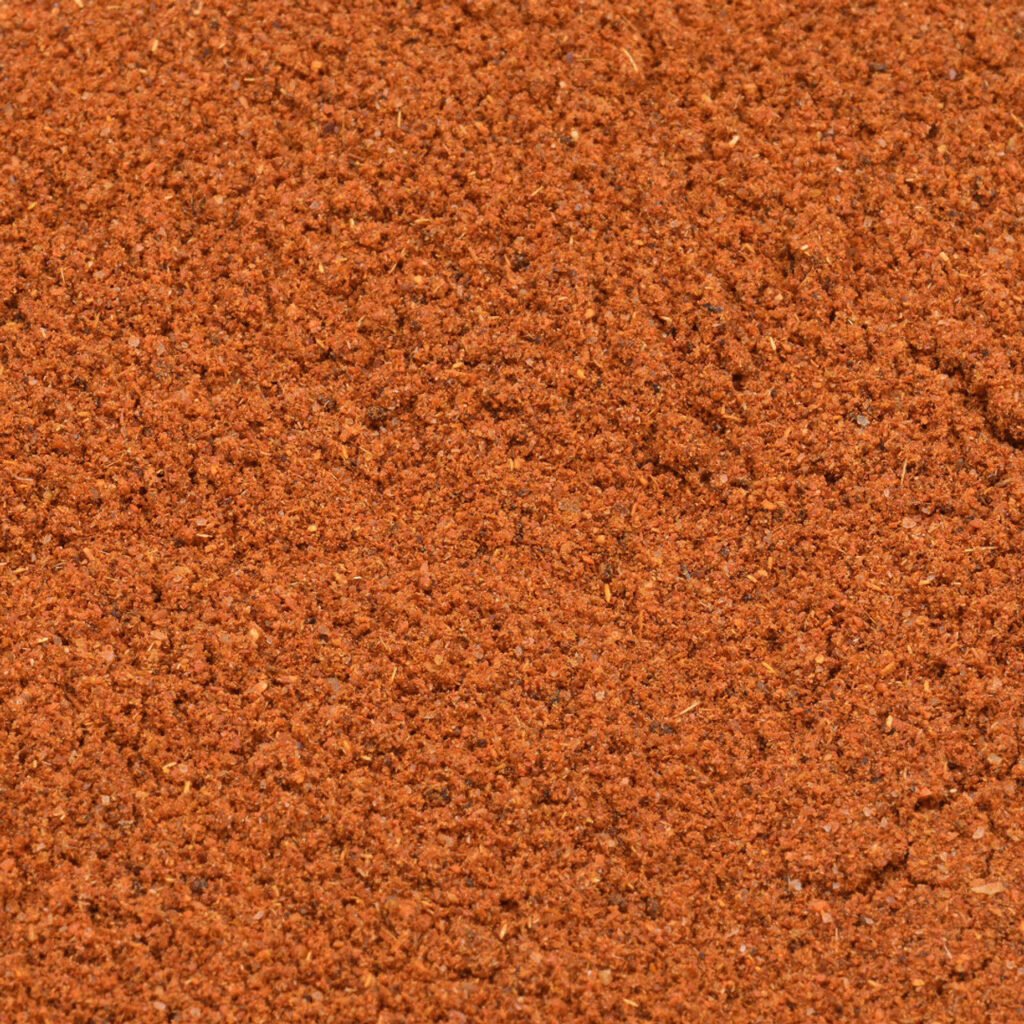Adding Flavor and Aroma to Your Dishes
Bay leaf, also known as laurel leaf, is a popular spice used in many Moroccan dishes. This aromatic herb adds a distinct flavor and fragrance to food, making it a staple ingredient in Moroccan cuisine. In this article, we will explore the various ways in which bay leaf is used in Moroccan recipes and how you can incorporate it into your cooking.
Introduction
Moroccan cuisine is known for its bold and flavorful dishes, and bay leaf is one of the key ingredients that contribute to this unique taste. Bay leaf has a subtle, slightly bitter flavor and a pleasant aroma that enhances the taste of soups, stews, and meat dishes. This herb is also known for its medicinal properties and has been used for centuries to treat various ailments. In this article, we will explore the history and health benefits of bay leaf, as well as some delicious Moroccan recipes that incorporate this spice.
History of Bay Leaf in Moroccan Cuisine
Bay leaf has been used in Moroccan cuisine for centuries, dating back to the 14th century. It was introduced to the region by Arab traders and has since become a staple ingredient in many Moroccan dishes. Bay leaf is used in both savory and sweet dishes and is especially popular in meat-based recipes. It is often combined with other spices like cumin, paprika, and cinnamon to create complex flavor profiles.
Health Benefits of Bay Leaf
Bay leaf is not only a delicious spice, but it also has several health benefits. It contains essential oils that have anti-inflammatory and antioxidant properties, making it a natural remedy for a variety of ailments. Bay leaf has been known to aid in digestion, reduce inflammation, and lower blood sugar levels. It is also a good source of vitamins A and C, as well as minerals like calcium and potassium.
Moroccan Recipes Using Bay Leaf
Moroccan cuisine is known for its bold flavors and unique spices, and bay leaf is no exception. Bay leaf is commonly used in Moroccan cooking to add a subtle, aromatic flavor to a variety of dishes. In this article, we’ll explore some popular Moroccan recipes that use bay leaf.
Moroccan Harira Soup
Harira soup is a traditional Moroccan soup that is typically served during Ramadan. It is a hearty soup made with tomatoes, chickpeas, lentils, and lamb, and is flavored with a blend of spices, including bay leaf. The bay leaf adds a subtle, earthy flavor to the soup that complements the other spices and ingredients.
Moroccan Lamb Tagine with Bay Leaf
Lamb tagine is a classic Moroccan dish that is made with slow-cooked lamb, vegetables, and spices. Bay leaf is often included in the spice blend used to season the lamb, giving it a delicious and unique flavor. The lamb is cooked until it is tender and falling off the bone, and is typically served with couscous or bread.
Moroccan Chicken with Bay Leaf and Olives
Moroccan chicken with bay leaf and olives is a simple and flavorful dish that can be made in under an hour. The chicken is seasoned with a blend of spices that includes bay leaf, paprika, cumin, and coriander, and is cooked with olives and onions until it is tender and juicy. This dish is perfect for a weeknight dinner and can be served with rice or couscous.
Moroccan Rice Pudding with Bay Leaf
Moroccan rice pudding is a creamy and delicious dessert that is made with milk, rice, sugar, and a blend of spices, including bay leaf. The bay leaf adds a subtle, aromatic flavor to the pudding that complements the sweetness of the sugar and the creaminess of the milk. This dessert is often served at special occasions, such as weddings and religious celebrations.
Bay Leaf Mint Tea
Mint tea is a staple in Moroccan culture, and bay leaf can be added to give it an extra burst of flavor. To make bay leaf mint tea, simply brew a pot of mint tea and add a couple of bay leaves to the pot. Allow the tea to steep for a few minutes before serving, and enjoy the subtle, aromatic flavor of the bay leaf.
Tips for Cooking with Bay Leaf
When using bay leaf in Moroccan recipes, it is important to use it sparingly, as it has a strong flavor. One or two leaves are usually enough to flavor an entire dish. It is best to add the bay leaf early on in the cooking process, as it takes time for the flavor to develop. You can also remove the bay leaf before serving the dish, as the leaves can be tough and unpleasant to eat.
Conclusion
Bay leaf is a versatile and essential ingredient in Moroccan cuisine, adding a subtle and aromatic flavor to a variety of dishes. From hearty soups to delicious desserts, bay leaf can be used in both sweet and savory dishes, making it a valuable spice to have in your pantry. Whether you’re a seasoned cook or a beginner, incorporating bay leaf into your Moroccan recipes is a great way to add depth and complexity to your dishes.
- What is the difference between bay leaf and laurel leaf?
Bay leaf and laurel leaf are two names for the same herb. They come from the same plant and are used interchangeably in cooking.
- How do I store bay leaves?
Bay leaves should be stored in an airtight container in a cool, dry place. They can also be stored in the refrigerator or freezer for longer shelf life.
- Can I use dried bay leaves in recipes?
Yes, dried bay leaves can be used in recipes. However, they may have a stronger flavor than fresh bay leaves, so you should use them sparingly.
- What other spices are commonly used in Moroccan cuisine?
Cumin, paprika, cinnamon, and saffron are all commonly used in Moroccan cuisine, in addition to bay leaf.
- Can bay leaf be used in desserts?
Yes, bay leaf can be used in sweet dishes, such as rice pudding and custard. It adds a subtle, aromatic flavor to these desserts.
Lorem ipsum dolor sit amet, consectetur adipiscing elit. Ut elit tellus, luctus nec ullamcorper mattis, pulvinar dapibus leo.

